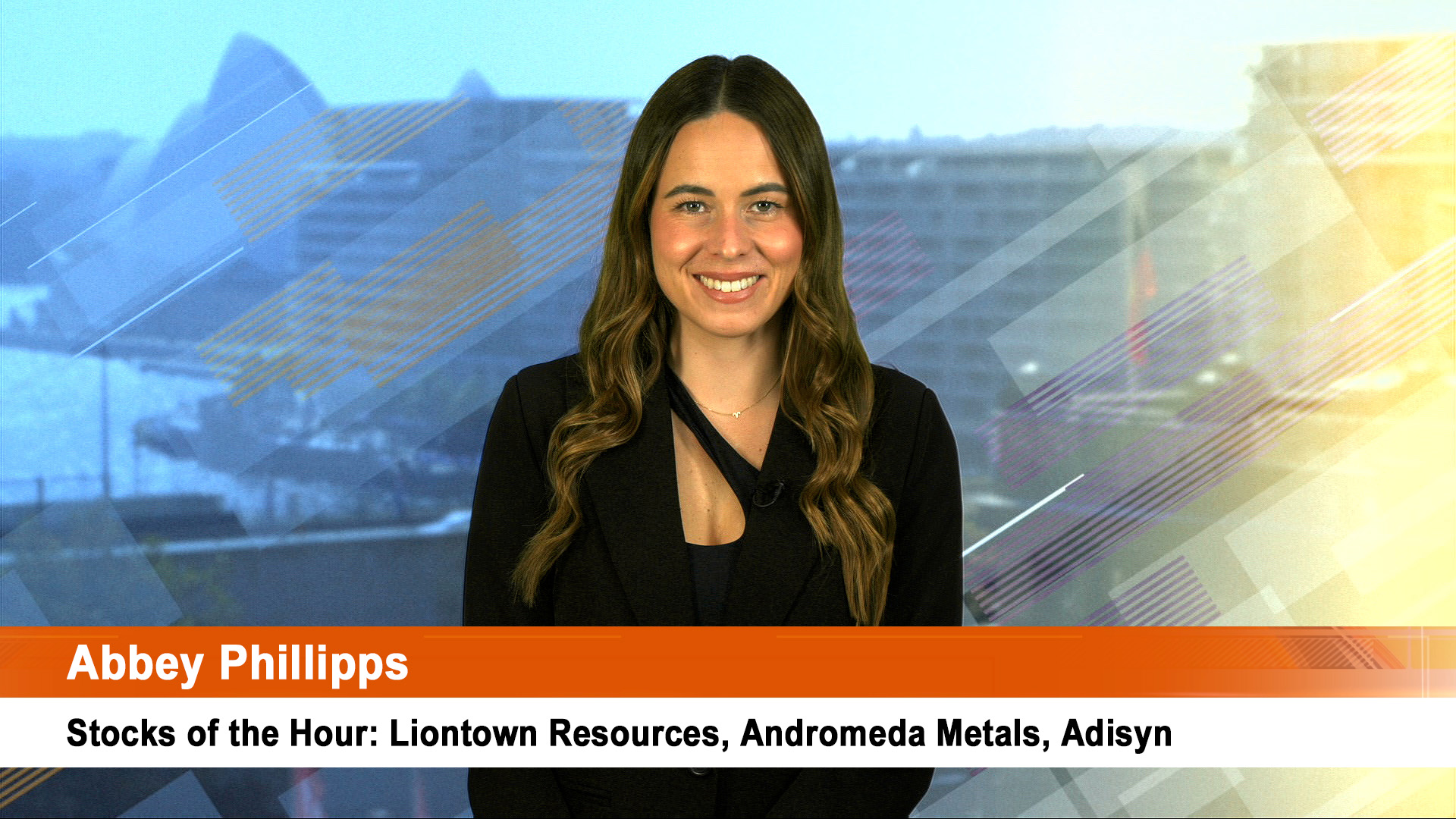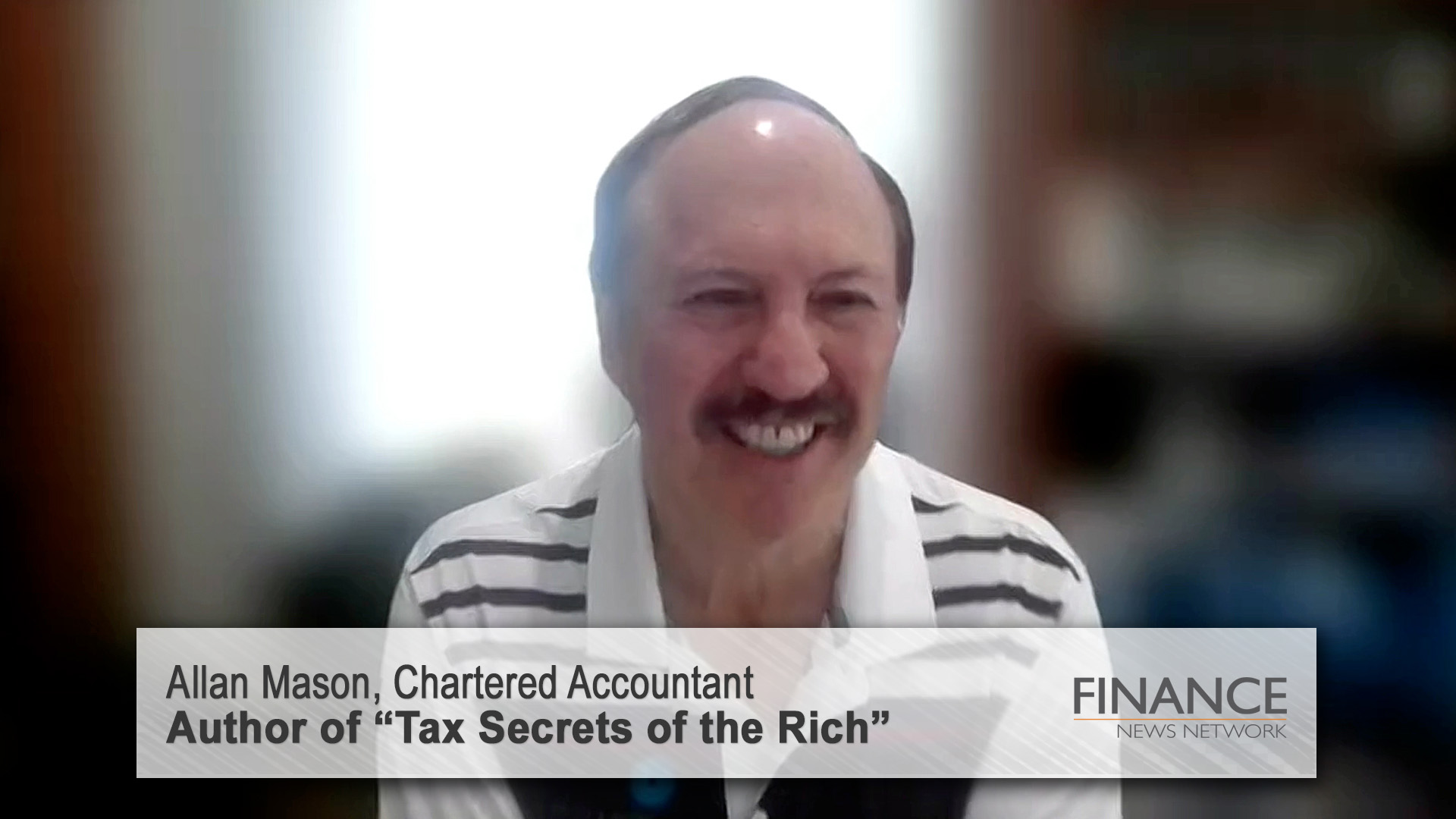
The improvement in economic indicators is consistent with an economic recovery by year end, according to the AMP’s chief economist, Dr Shane Oliver.
He argues that while tight credit markets and ongoing deleveraging will most likely result in a slow recovery initially, the severity of the global recession & the amount of stimulus means a V-shaped recovery cannot be ruled out.
And, after recent strong gains, shares are at risk of a correction and increased volatility in the months ahead as investors start to fret about the strength of the recovery.
However, "we expect the broad trend to remain up," he writes..
Economic data has become “less bad” over the last two months.
Fears of a continuing collapse in global economic activity leading to a re-run of the Great Depression have now been largely unwound and this has seen shares deliver strong gains.
However, it’s possible that the easy gains are behind us.
The focus is now likely to turn to the timing of the economic recovery and how strong it will be.
Timing the recovery
Share markets typically bottom about six months before the economic cycle.
So if economic growth is going to bottom and start turning higher from later this year, as we think it will, then it would be consistent with shares having bottomed during the first half of this year. In other words, it’s likely the lows in March were it for the bear market.
Alternatively, if the recovery is going to be another 12 months or so away then the risk of a new low in shares is much greater.
To be sure, economic data relating to current or recent past economic conditions remains very poor – US April retail sales data indicates that US consumers are still cutting back, GDP growth fell at an alarming rate of 10% annualised in the euro-zone in the March quarter and an even worse 15% in Japan, and unemployment is still rising everywhere.
However, a range of considerations provide confidence that an upturn in the economic cycle is moving into sight for later this year.
Firstly, governments worldwide have provided a massive stimulus in the form of fiscal and monetary policy, assistance for banks and have resisted the temptation to put up trade barriers.
This is the exact opposite to what happened in the 1930s, making comparisons to the Great Depression increasingly meaningless.
Secondly, there is increasing evidence that this stimulus has got traction in financial markets.
Interbank lending rates (such as the three month $US Libor rate) have fallen to record lows, investment grade bond yields have fallen by two percentage points or more from last year’s panic highs, US junk bond yields have fallen from a peak of around 23% down to around 14%, mortgage rates in the US, Australia and elsewhere have fallen to generational lows and credit issuance has started to pick up.
None of this is to say that credit markets are back to normal, and in some areas they remain very difficult, such as in commercial property finance, but they are moving in the right direction.

Reflecting this, yield curves have steepened significantly as short term interest rates have fallen & long term bond yields have risen.
Historically, a steepening in yield curves leads stronger economic growth by a year or so.
Thirdly, and most importantly, a range of forward looking economic indicators are showing an improvement:
- Consumer confidence in most countries is trending higher. Even in Japan it is up for four months in a row;
- Business confidence surveys in most countries also appear to have turned the corner;
- US home sales and business conditions for home builders seem to be bottoming out point;
- The OECD’s global leading economic indicator appears to have lost downward momentum, with a rapid improvement in its three month rate of change.

Our leading indicator for Australian economic growth, while suggesting the recession has further to go, seems to have bottomed over the last few months and has been driven higher by rises in building approvals, consumer confidence, business confidence and the yield curve.
Its upturn is consistent with a recovery getting underway later this year.

While none of these indicators are actually confirming a recovery from later this year – as they don’t look that far ahead – their improvement suggests it is on track.
Longer leading indicators such as the steepening in yield curves do point to a recovery six or nine months down the track.
But how strong will the recovery be?
While there is increasing evidence the recession is abating and there is reason for confidence in a recovery from later this year, there is much uncertainty regarding the strength of any recovery.
The historical record tends to indicate that the deeper the recession the stronger the recovery.
As the table below shows, US recessions with a 3% or greater fall in GDP have seen 5% plus rates of growth in the first year of recovery.
In Australia, recessions deeper than a 2% slump have been followed by a 6% plus rebound.














